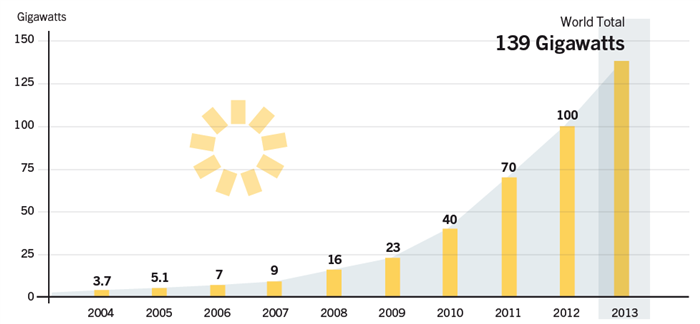In the last post in this series we discussed some of the charging architecture behind electric vehicles (EV), and laid some of the base work to figure out how these new vehicles can charge so quickly. Today we’re going to elaborate on the topic and start looking at the high power interface between the car and the grid.
In order to get enough power into an electric vehicle to provide reasonable charging times, we…




